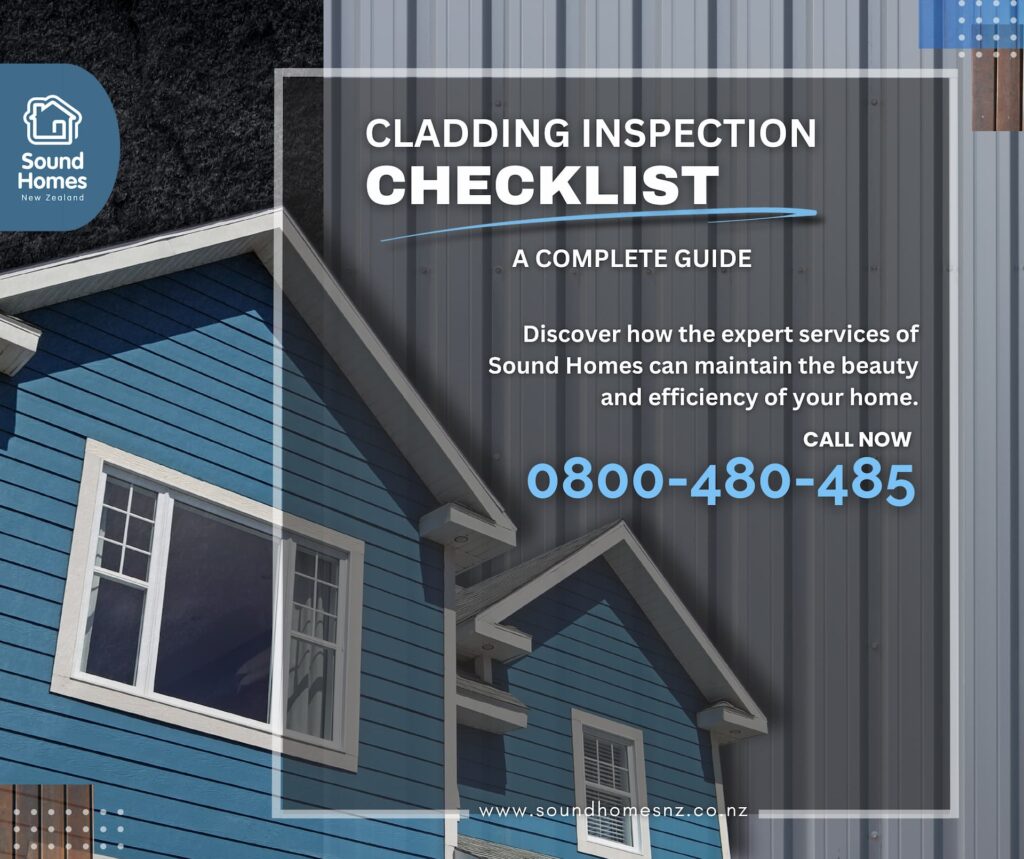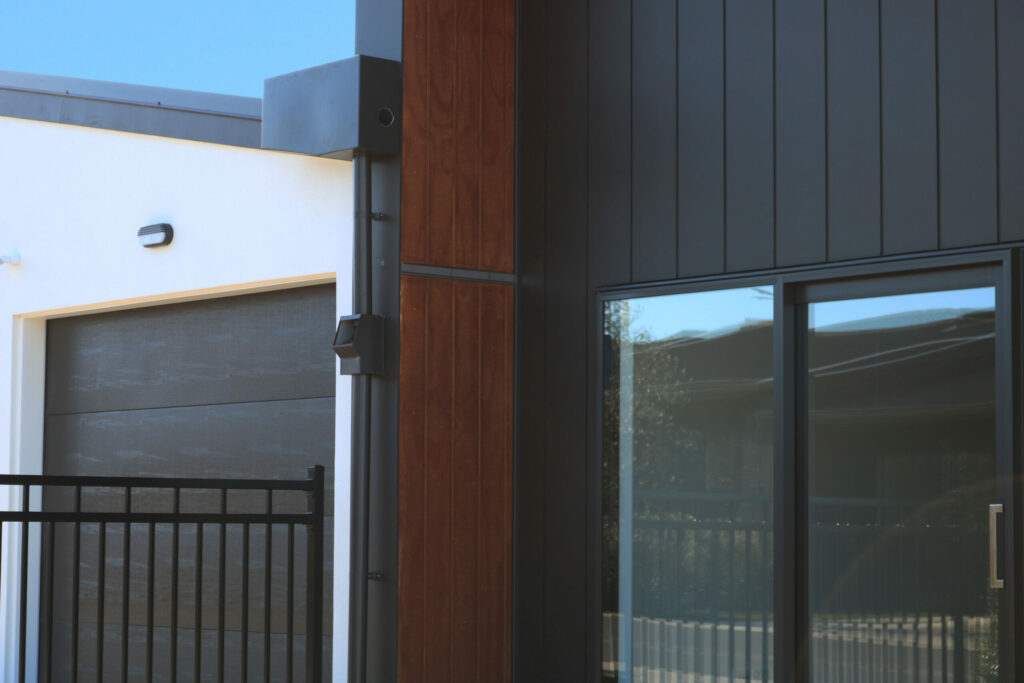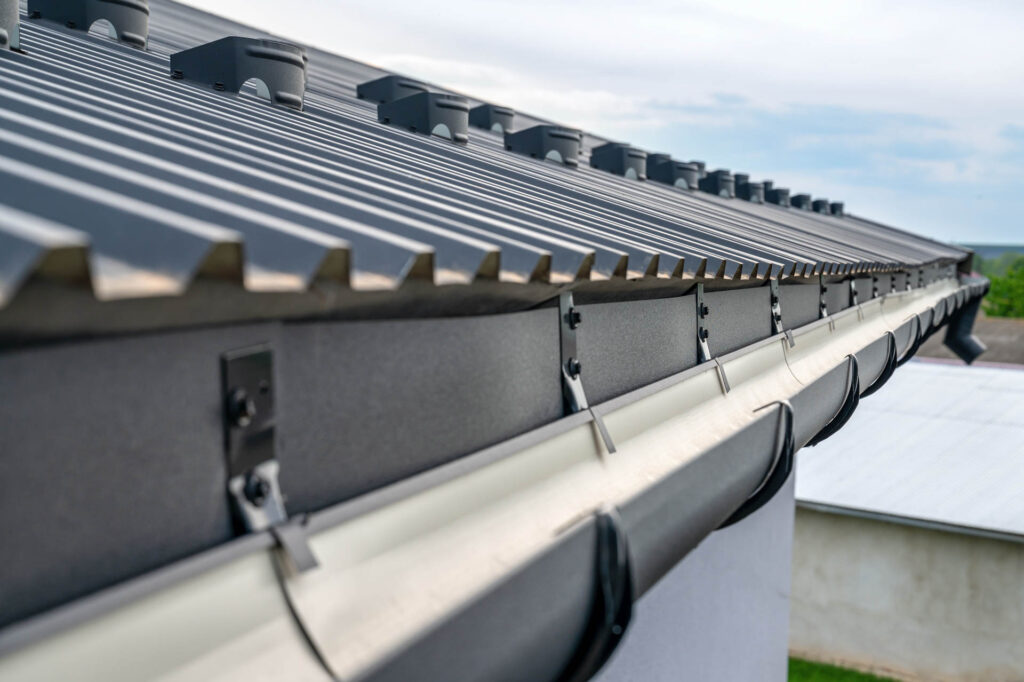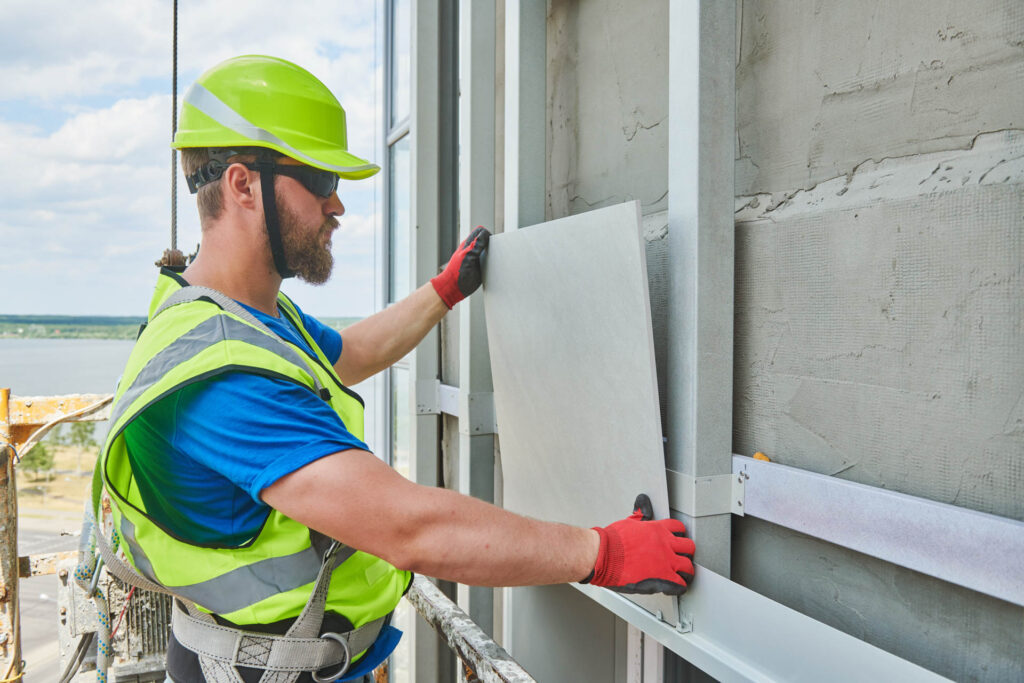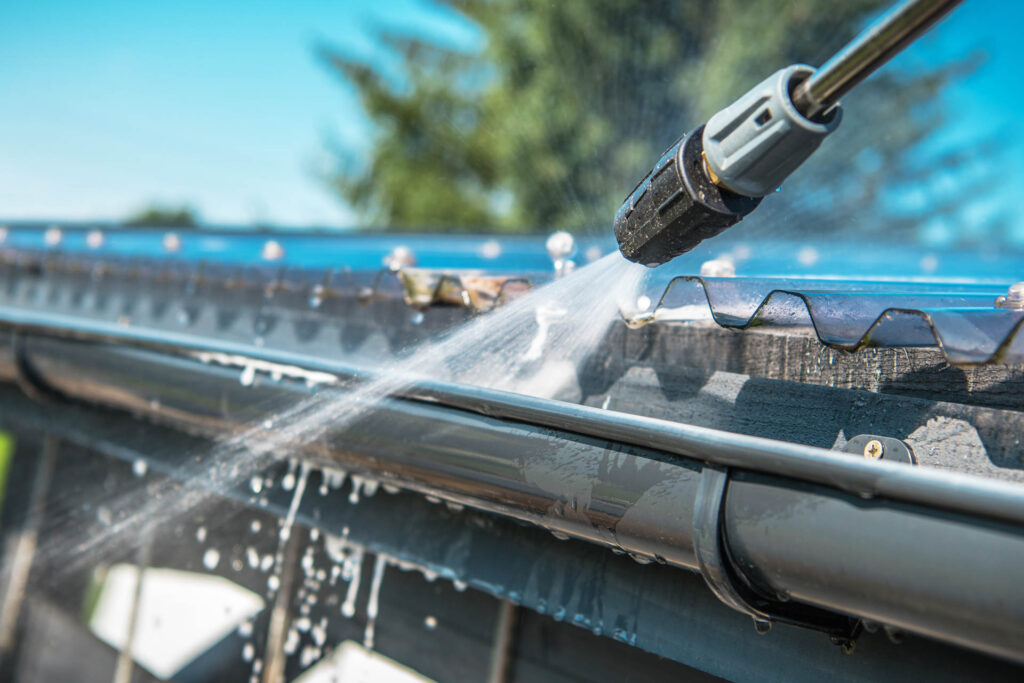Cladding Inspection Checklist: A Complete Guide
Regular cladding inspections are essential for preserving your home’s exterior and preventing expensive repairs. Spotting problems early will keep your home weathertight and give you the best resale value possible. If you don’t know what to look for when inspecting cladding, you are in the right place!
This cladding inspection checklist highlights the key steps to keep your cladding in excellent condition. Plus, learn how Sound Homes can assist with thorough expert inspections and maintenance.
Cladding Inspection Checklist: What Are the Key Signs of Deterioration?
When inspecting your cladding, look for these warning signs of damage:
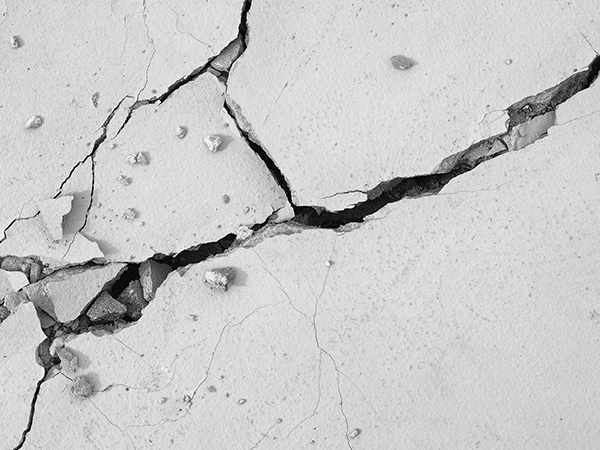
Cracks or Splits
Any visible cracks in the cladding material may signal structural issues.
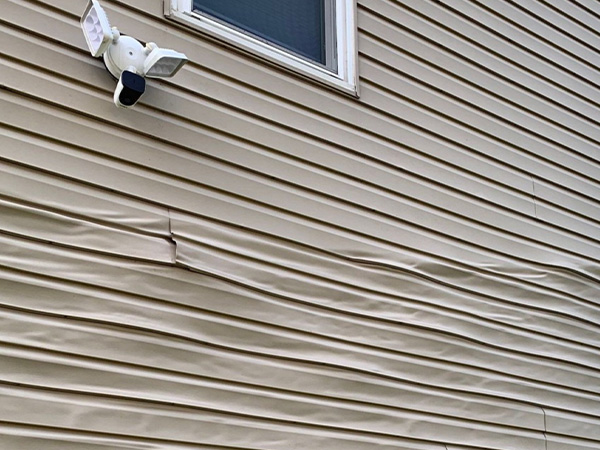
Warping or Buckling
This could indicate water damage to the cladding and home and improper installation.

Discolouration or Fading
Beyond normal weathering, this might point to UV damage or water intrusion.
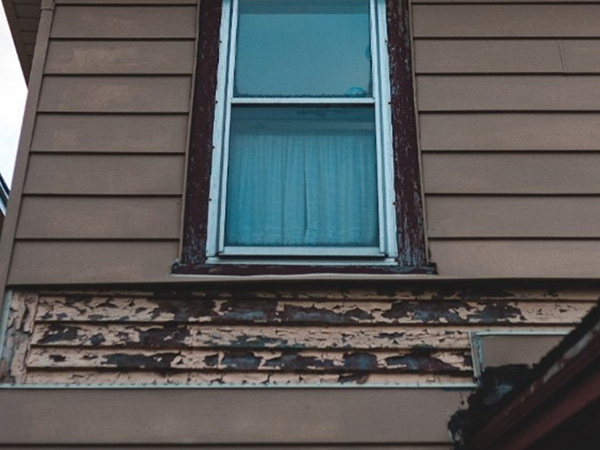
Loose or Missing Panels
These compromise the cladding's integrity and can lead to leaks.
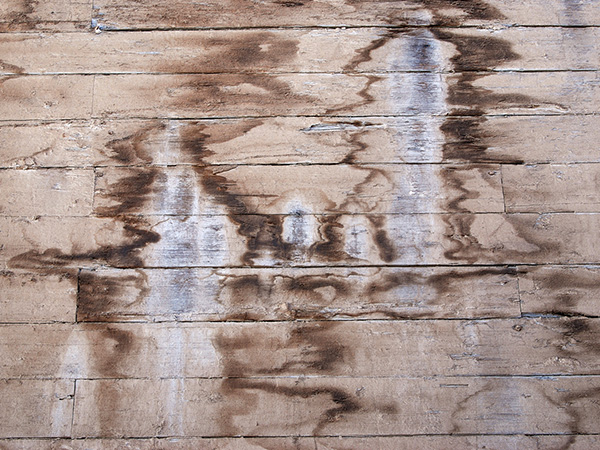
Water Stains or Moisture Marks
Signs of infiltration can cause mould or structural decay.
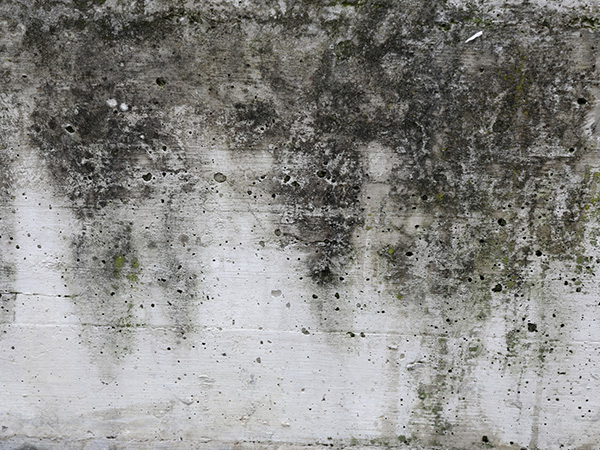
Mould or Mildew Growth
Usually a sign of trapped moisture within or behind the cladding.
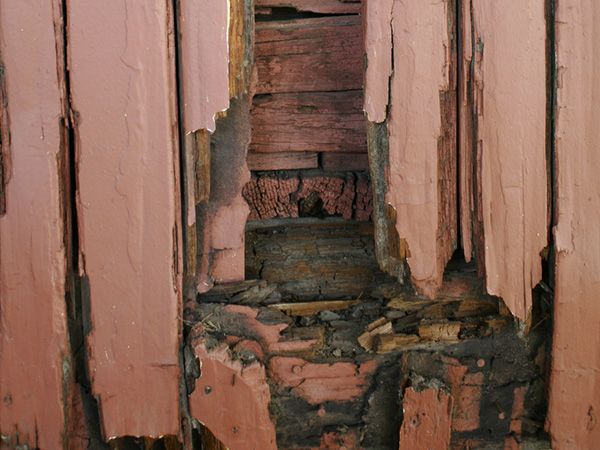
Rot or Decay
A common issue for wooden cladding in damp conditions.
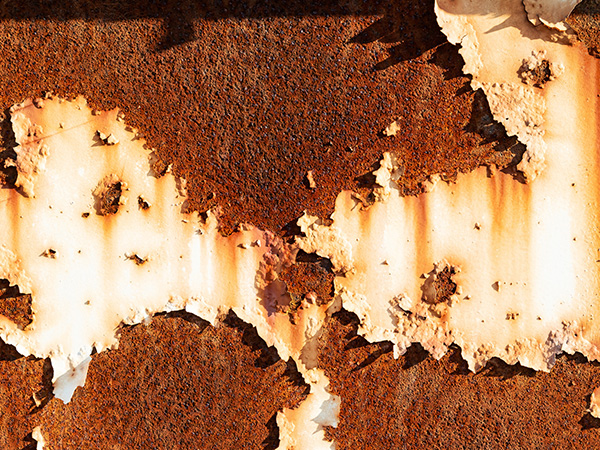
Rust or Corrosion
This affects metal cladding, particularly in coastal areas.
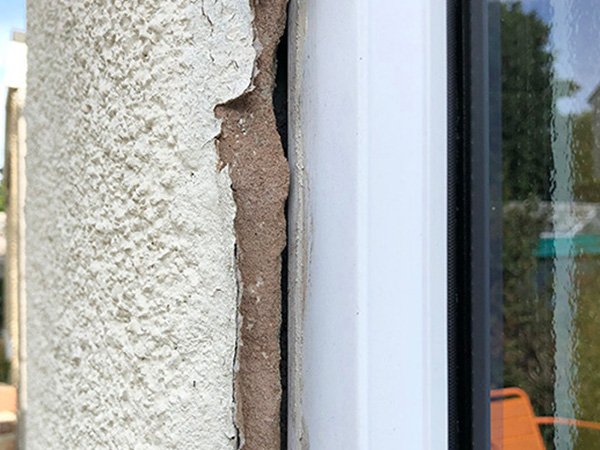
Gaps in Joints or Seals
Weak points around windows, doors, or corners invite water infiltration.
Pay particular attention to areas prone to water ingress, like around windows, doors, and rooflines.
How Often Should You Inspect Your Home’s Cladding?
Establishing a regular inspection routine is critical to catching cladding issues early. It will also save you money in the long run.
- Seasonal Checks: Inspect cladding at least twice a year, preferably in spring and autumn.
- Post-Storm Inspections: Check for damage after severe weather like hail or high winds.
- Professional Assessments: Schedule a professional inspection every 3-5 years or sooner for older homes or those in extreme climates.
Consistent checks will help you maintain your home’s value and structural integrity.
Can a Professional Cladding Inspection Save You Money in the Long Run?
- Expert Analysis: While regular self-inspections are helpful, professionals detect hidden issues that might go unnoticed during a DIY check.
- Preventative Maintenance: Experts excel in identifying potential cladding issues early, preventing them from escalating into costly repairs.
- Enhanced Energy Efficiency: Professionals can pinpoint areas where damaged or poorly maintained cladding is compromising your home’s insulation. By addressing these issues, they help improve energy efficiency.
- Increased Property Value: Engaging experts ensures your cladding is properly maintained, significantly boosting your home’s resale value. In a market increasingly cautious about leaky homes, a professionally inspected and weatherproof property stands out, offering peace of mind to potential buyers.
- Comprehensive Solutions: Experts provide actionable strategies, from repairs to full recladding, ensuring your home stays protected.
How Can Sound Homes Help with Your Cladding Needs?
At Sound Homes, we specialise in inspecting, maintaining, repairing, and upgrading cladding to ensure your home stays dry, weathertight, and energy efficient. This also includes monolithic cladding.
Our services include:
- Cladding Inspection and Maintenance: Comprehensive assessments to identify and resolve issues.
- Leaky Home Repairs: Expertise in fixing moisture-related problems in cladding.
- Plaster and Crack Repairs: Restoring your home’s exterior to its best condition.
- Exterior Painting and Coatings: Protecting your cladding from weather damage with premium finishes.
Why Choose Sound Homes?
- Over a Decade of Experience: Trusted leaders in New Zealand’s weathertight solutions.
- Tailored Solutions: Cost-effective, targeted repairs without unnecessary expenses.
- Future-Proofing Homes: Long-term maintenance plans to safeguard your property investment.
- Comprehensive Approach: We cover all your cladding needs, from inspections to full recladding projects.
Regular cladding inspections, combined with Sound Homes’ expert services, keep your home looking beautiful, functioning efficiently, and staying secure.
Don’t wait for minor issues to become major problems—schedule your inspection today!

